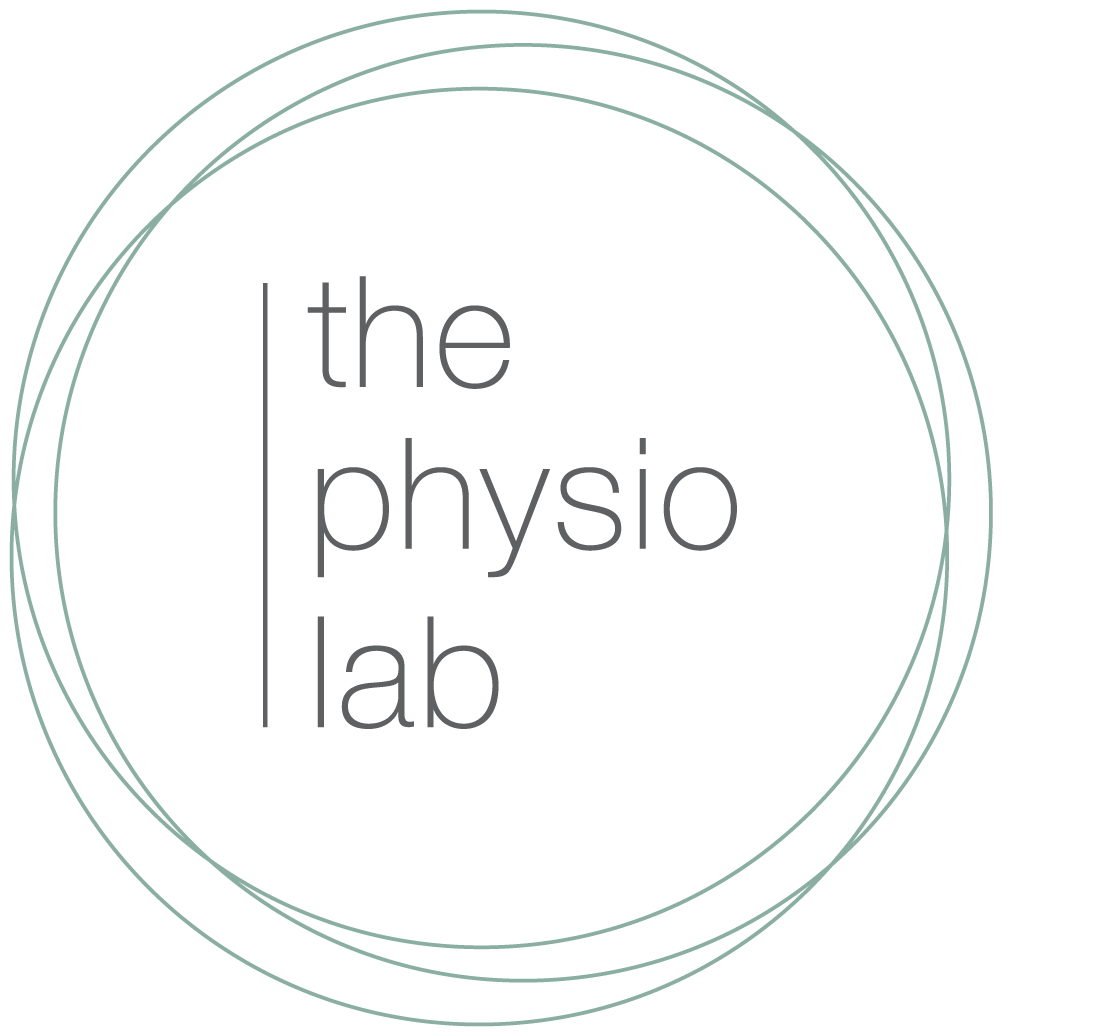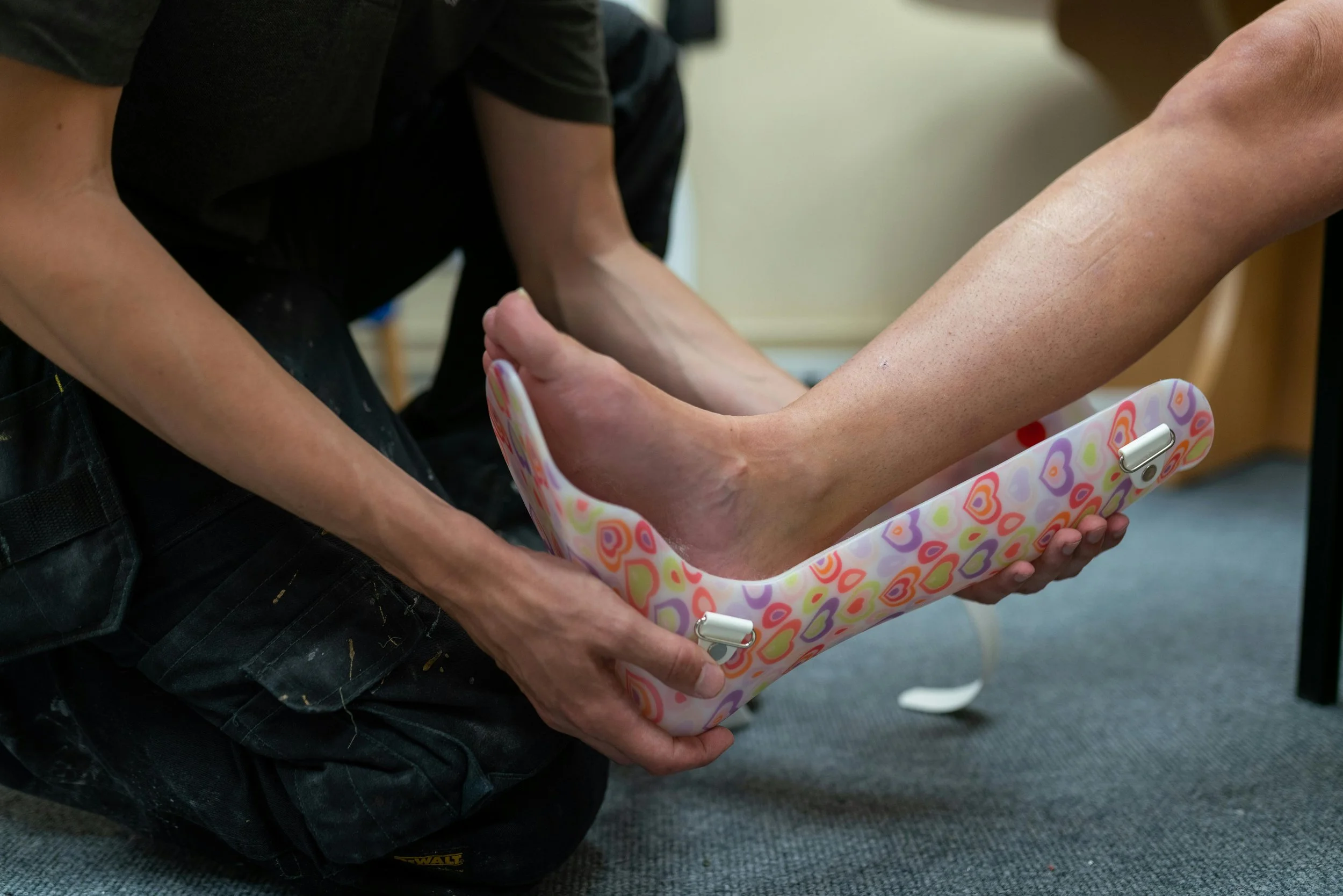Understanding CMT and CIDP: the Role of Physiotherapy
Peripheral neuropathies encompass a range of disorders affecting the peripheral nervous system, which connects the brain and spinal cord to the rest of the body. Two such conditions, Charcot-Marie-Tooth (CMT) disease and Chronic Inflammatory Demyelinating Polyneuropathy (CIDP), share overlapping clinical features but differ significantly in their origins, progression, and management. Physiotherapy plays a pivotal role in the management of both conditions, aiming to improve quality of life and functional independence.
What is Charcot-Marie-Tooth (CMT) Disease?
CMT is a hereditary motor and sensory neuropathy, representing the most common inherited neuromuscular disorder, with a prevalence of approximately 1 in 2,500 individuals . It involves the degeneration of peripheral nerves, leading to muscle weakness and sensory loss, particularly in the distal limbs.
Key Features of CMT:
Genetic Basis: Caused by mutations in various genes involved in nerve function
Types: Includes CMT1 (demyelinating), CMT2 (axonal), and other subtypes
Symptoms: Progressive muscle weakness, atrophy, foot deformities, and sensory loss
Onset: Typically begins in adolescence or early adulthood
Management focuses on symptomatic relief and maintaining function, as there is currently no cure for CMT.
What is Chronic Inflammatory Demyelinating Polyneuropathy (CIDP)?
CIDP is an acquired autoimmune disorder characterised by inflammation and demyelination of peripheral nerves. It is considered the chronic counterpart of Guillain-Barré Syndrome (GBS) and is treatable, especially in its early stages.
Key Features of CIDP:
Autoimmune Origin: The immune system attacks the peripheral nerves
Symptoms: Progressive symmetrical weakness, sensory disturbances, and absent or reduced reflexes
Onset: Can occur at any age, often in adults
Diagnosis: Based on clinical presentation, nerve conduction studies, and cerebrospinal fluid analysis
CIDP often responds to immunomodulatory treatments, including corticosteroids, intravenous immunoglobulin (IVIG), and plasma exchange.
Similarities Between CMT and CIDP
Despite their different etiologies, CMT and CIDP share several clinical and functional similarities:
Peripheral Neuropathy: Both conditions affect peripheral nerves, leading to motor and sensory impairments
Progressive Weakness: Muscle weakness and atrophy, particularly in the distal limbs, are common in both conditions
Gait and Balance Issues: Due to muscle weakness and proprioceptive loss, individuals may experience unsteady gait and increased risk of falls
Fatigue: Common in both conditions due to neuromuscular inefficiency
Functional Limitations: Difficulties with daily activities, reduced mobility, and decreased quality of life
These overlapping features can complicate diagnosis and management, highlighting the need for accurate differentiation between the two conditions.
Differences Between CMT and CIDP
Understanding the distinctions between CMT and CIDP is crucial for appropriate management:
Feature CMT CIDP
Cause Genetic mutations Autoimmune process
Onset Typically in childhood or adolescence Can occur at any age, often adults
Progression Slow, lifelong Variable; can be relapsing-remitting or progressive
Treatment Symptomatic and supportive Immunomodulatory (steroids, IVIG, plasma exchange)
Prognosis Stable or slowly progressive Often improved with treatment
Diagnosis Genetic testing, nerve conduction studies Nerve conduction studies, CSF analysis
Accurate diagnosis is essential, as CIDP is treatable and CMT is not, making early intervention critical.
The Role of Physiotherapy in CMT and CIDP
Physiotherapy is integral to the management of both CMT and CIDP, focusing on maintaining function, improving mobility, and enhancing quality of life.
1. Strength and Endurance Training
In both conditions, muscle weakness can lead to decreased functional capacity. Tailored physiotherapy programs can:
Improve strength in unaffected or less-affected muscle groups
Enhance cardiovascular fitness and reduce fatigue
Slow progression of muscle atrophy
In CIDP, physiotherapy may be more aggressive during periods of remission, whereas in CMT, it focuses on sustainable, long-term maintenance.
2. Stretching and Range of Motion
Regular stretching helps:
Maintain joint mobility
Prevent or delay deformities such as foot drop
Reduce pain and stiffness
This is beneficial in both CMT and CIDP, especially in those with limited mobility during acute or relapsing phases.
3. Balance and Coordination Training
Both conditions compromise proprioception, increasing fall risk. Physiotherapists can design balance exercises to:
Improve postural control
Enhance safety during daily activities
Reduce the likelihood of falls
4. Orthotic Support
Foot drop and gait abnormalities are common in both CMT and CIDP. Physiotherapists often work closely with orthotists to:
Fit appropriate ankle-foot orthoses (AFOs)
Recommend supportive footwear
Train patients in their use to promote efficient walking patterns
5. Education and Lifestyle Advice
Educating patients and care givers about energy conservation, joint protection, and adaptive equipment is vital. Physiotherapists also play a role in psychological support and motivation, which is particularly important in chronic conditions.
Key Take-Home Messages
Early and Accurate Diagnosis is Crucial: While CMT and CIDP share many features, their causes and treatments can differ dramatically. Misdiagnosis can delay effective treatment—particularly for CIDP, where early intervention can prevent permanent damage.
Physiotherapy is Essential for Function and Quality of Life: Regardless of the cause, both conditions benefit from a proactive and personalised physiotherapy approach focusing on strength, flexibility, balance, and functional independence.
Management is Multidisciplinary and Long-Term: Whether managing a genetic condition like CMT or an autoimmune one like CIDP, a team-based approach—including neurologists, physiotherapists, occupational therapists, and orthotists—offers the best outcomes for patients.
Further Reading
Physiopedia. (n.d.). Charcot-Marie-Tooth Disease. Retrieved from https://www.physio-pedia.com/Charcot-Marie-Tooth_diseasePhysiopedia+1Physiopedia+1
Physiopedia. (n.d.). Chronic Inflammatory Demyelinating Polyneuropathy (CIDP). Retrieved from https://www.physio-pedia.com/Chronic_Inflammatory_Demyelinating_Polyneuropathy_(CIDP)
Charcot-Marie-Tooth Association. (n.d.). Physical Therapy. Retrieved from https://www.cmtausa.org/living-with-cmt/managing-cmt/physical-therapy/Charcot–Marie–Tooth Association+1forum.gbs-cidp.org+1
Mayo Clinic. (2024). CIDP exercise program: Can it help reduce your symptoms? Retrieved from https://mcpress.mayoclinic.org/cidp/cidp-exercise-program-can-it-help-reduce-your-symptoms/Mayo Clinic Press
GBS|CIDP Foundation International. (2012). Guidelines for Physical and Occupational Therapy. Retrieved from https://www.gbs-cidp.org/wp-content/uploads/2012/01/PTOTGuidelines.pdf

